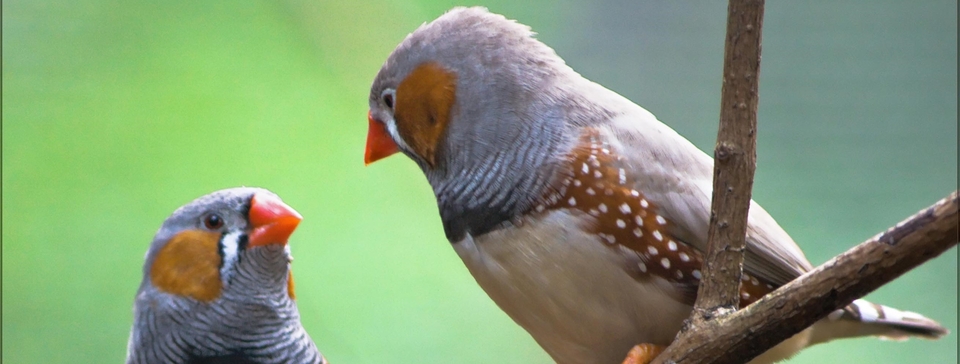10/12/2016
Primer
Resource Availability and the Interaction Compass
Fair-weather friends? This Primer by elizabeth Pringle discusses recent research showing that organisms can go from mutualists to competitors and back again, depending on whether there is resource stress or surplus in the environment.
Image credit: Flickr user: NIAID












Connect with Us